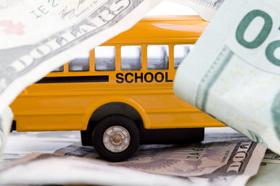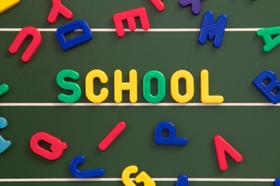Many agree that one of the most effective ways to reduce the disparities between the rich and the poor is to provide high-quality public education to all. However, a recent report on the state of schools in California suggests that some school districts might be going in the wrong direction. Instead of broadening the educational opportunities for less fortunate students, the lines seem to be widening between the "have's" and "have not's." We will take a closer look at this report to determine what it means for public schools across the state of California.
UCLA IDEA
For a number of years, UCLA IDEA has produced annual reports on the learning environments and outcomes of California schools. IDEA, short for UCLA's Institute for Democracy, Education, and Access, was founded in 2000 by Jeannie Oakes and John Rogers. According to the organization's website, the original goal of IDEA was to utilize the research capacity of UCLA to identify and confront some of the most pressing issues facing the world of education today. The faculty of IDEA consists of scholars, staff and graduate students of UCLA, who partner with parents, teachers, and others in the community to conduct research on current educational trends in the hope of inspiring and promoting positive change.
This year's report, titled, "Free Fall," shows that the "Great Recession" of this decade has not improved the situation in California schools yet. The report draws on information from 277 high school principals around the state



















